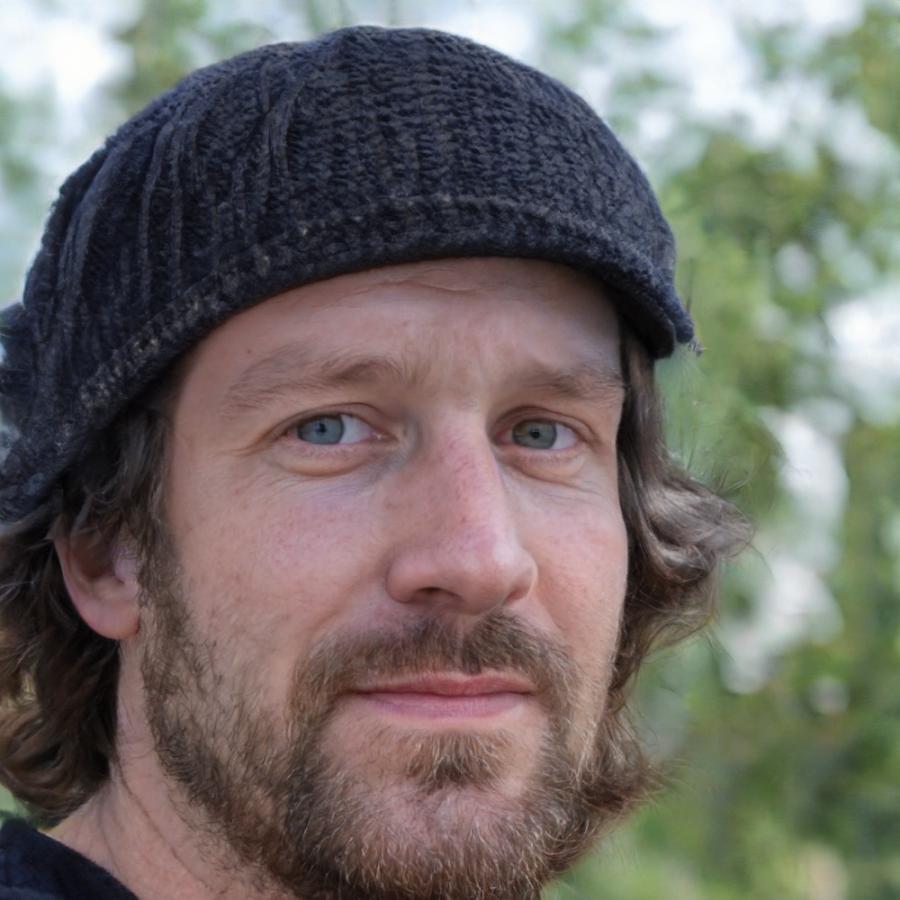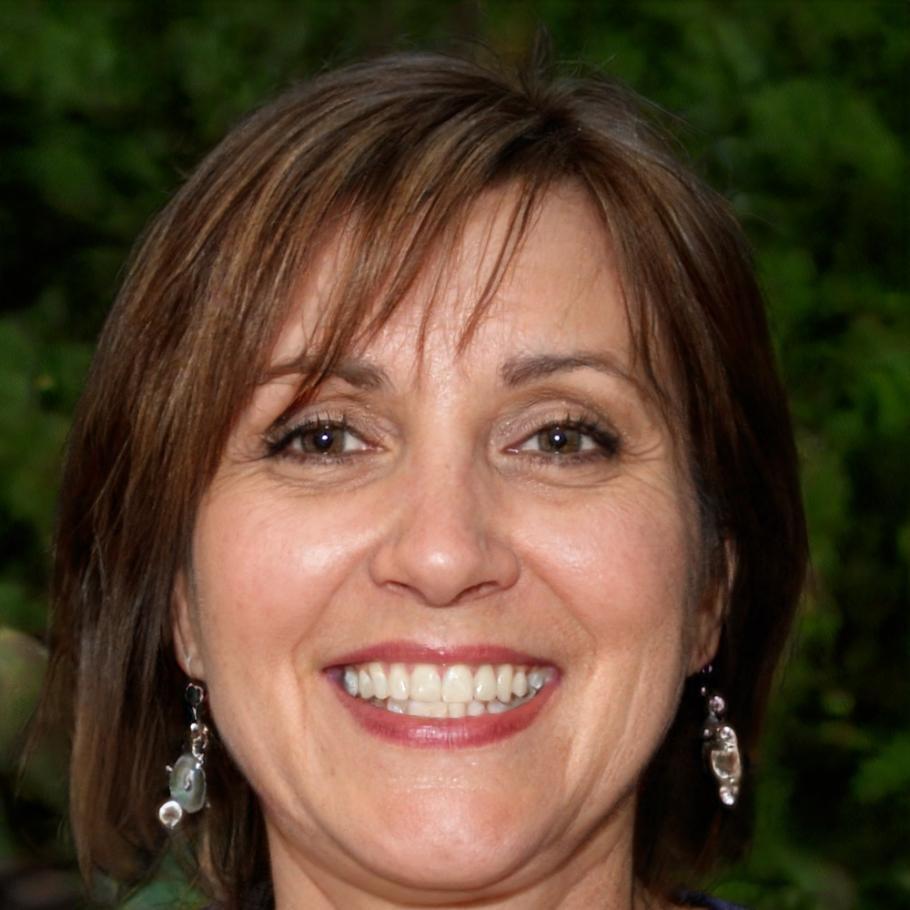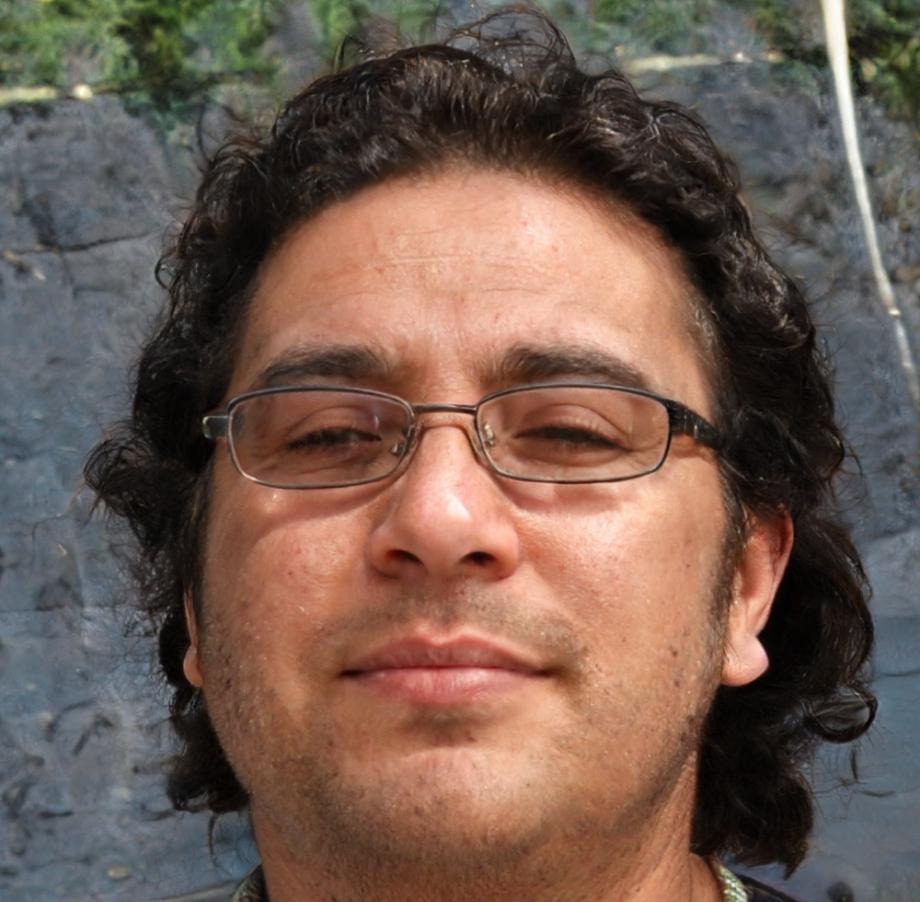Financial Literacy That Actually Sticks
Most small business owners pick up financial management through trial and error. Which works, but it's expensive. And stressful.
We've spent years working with Australian businesses that started with messy books and grew into operations with proper financial systems. The patterns are consistent. There are specific skills that make everything easier, and they're not what you'd expect from a typical accounting course.
Our program focuses on the practical bits. The ones that matter when you're actually running a business and making decisions about cash flow, pricing, and growth.

How We Actually Teach This Stuff
Built from real consultations with hundreds of small business clients across Sydney and regional NSW
Scenario-Based Learning
We use actual situations from our client work. A cafe deciding whether to expand seating. A tradie figuring out equipment financing. A retail shop managing seasonal inventory. You work through the same calculations and decisions real business owners face.
Your Own Numbers
Bring your business data. We work with what you've got, even if it's a shoebox of receipts. By the end, you'll have built financial systems that fit how you actually operate. Not textbook examples that look nothing like your reality.
Cohort Discussion
Small groups of business owners in similar stages. The conversations that happen when people compare their approaches to cash reserves or pricing strategies? That's where the real learning happens. You'll hear six different ways to solve the same problem.
Real Examples From Past Cohorts

The Landscaping Business
Hamish joined our autumn 2024 program after three years of guessing at job quotes. He knew his hourly costs roughly, but hadn't factored in equipment depreciation or the actual time spent on admin and travel.
During week four, we broke down his typical month. Turns out he was undercharging by about thirty percent on smaller jobs. Not because his hourly rate was wrong, but because he wasn't accounting for all the time each job actually took.
He rebuilt his quoting system during the program. Six months later, his margins look healthier and he's turned down less work because the numbers finally make sense.
Key takeaway: The issue wasn't complicated accounting. It was tracking the right data points and understanding what they actually meant for pricing decisions.

The Retail Shop Problem
Priya's homewares shop in Parramatta had decent sales but constant cash crunches. She'd buy inventory when suppliers offered deals, then scramble to cover rent three weeks later.
The program helped her map out cash flow patterns across a full year. Seasonal businesses have predictable rhythms, but you need to actually chart them out. Her quiet months weren't the problem. The problem was making purchasing decisions without looking at the calendar.
She now maintains a rolling 90-day cash forecast. Simple spreadsheet, updated weekly. It changed everything about how she manages supplier relationships and inventory timing.
Key takeaway: Cash flow isn't about complicated forecasting models. It's about understanding your specific business rhythm and planning around it.
Who Runs The Sessions
People who've actually done this work, not just taught it

Jasper Pembroke
Former CFO for three small manufacturing companies. Now helps service businesses build financial systems that don't require a finance degree to understand.

Lena Strandberg
Spent fifteen years as a management accountant before starting her own consulting practice. Specializes in retail and hospitality financial planning.

Felix Thornbury
Runs a bookkeeping firm in Castle Hill. Sees the same financial mistakes repeatedly and built this program around fixing the most common ones.
Next Program Starts September 2025
Eight weeks, Tuesday evenings, with optional Saturday workshops. Limited to twelve participants so we can work through your specific business situations. Applications open in May.
Get Program Details